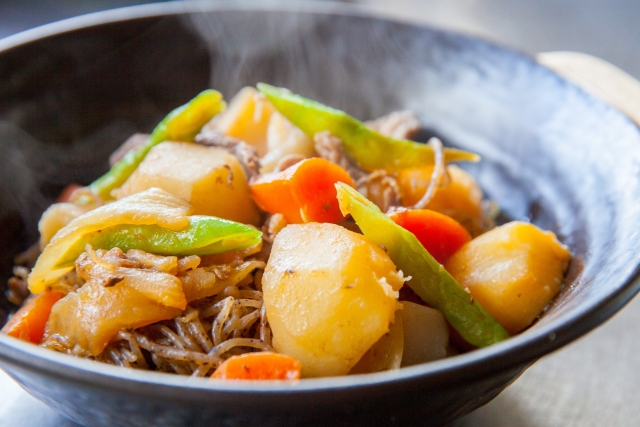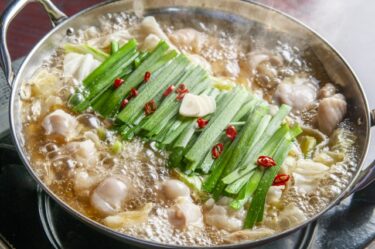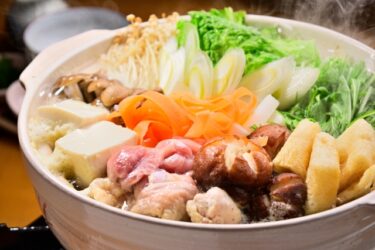Nikujaga is a typical Japanese simmered dish. Beef, potatoes, onions, carrot, konjac noodles, etc. are fried in oil, then soy sauce, sugar, and mirin are added and simmered sweet and spicy.
In addition to serving as a side dish for rice, it can also be used as a dish when drinking alcohol. Sake and shochu go well with Nikujaga.
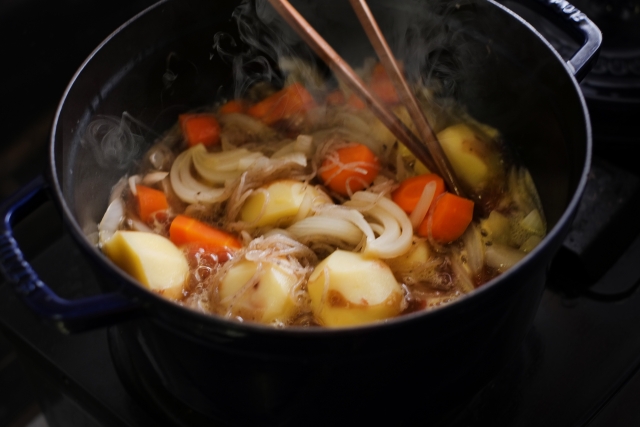
What is Nikujaga and is it okay for me to eat it?
Materials of Nikujaga
Beef, potatoes, onions, carrot, thread konjac, pods, soy sauce, sugar, mirin, dashi
| Low-gluten | Low FODMAPs | |||
| with Beef | with Pork |
| Restaurant | Food supermarket | Convenience store |
Nikujaga, a stewed dish made at home all over Japan
Nikujaga is a dish that was originally often eaten by the military. The reason is that the ingredients are the same as curry rice and it was easy to replenish. After the war, it became a stewed dish made at home all over Japan.
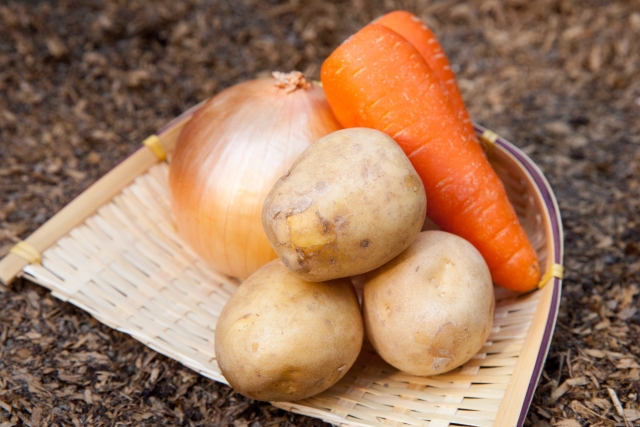
Beef ribs are often used, but pork and chicken are also used.
By simmering the ingredients for a long time, the vegetables are soaked in the taste of meat and soup stock, which is very delicious. This is the Japanese version of the stew.
The finished Nikujaga look beautiful with the red color of carrots, the yellow color of potatoes, and the green color of pods. You will surely like it too. In addition, the nutritional balance is good, and it is a menu that is often served in elementary school lunches.
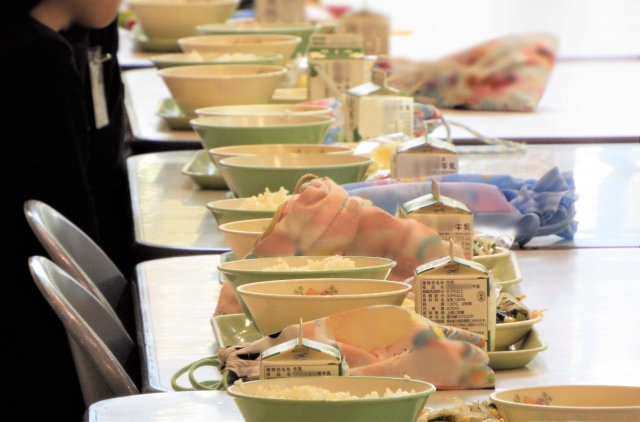
Try to eat Nikujaga!
How much ?
- $ 2.5~3, a side dishes sold at food supermarkets and convenience stores
- $3~5, a menu of Izakaya restaurants
Where can I eat Nikujaga?
Chilled Nikujaga are sold at food supermarkets and convenience stores.
It may be on the menu in some popular Izakaya restaurant. It may also be provided as an “Otoushi”, as detailed below.
Precautions when eating Nikujaga
For gluten-free people with celiac disease
Wheat is used in the soy sauce used for Nikujaga. However, the protein is broken down during the brewing process and does not remain in the soy sauce. It is up to you to decide whether to eat it.
For gluten-free people other than celiac disease
Soy sauce contains almost no gluten, so it’s okay to eat it.
For Muslims
Mirin used in Nikujaga contains alcohol, but it evaporates during cooking. Nikujaga does not contain alcohol. Please note that there are rare Nikujaga made from pork.
Japanese writer’s comment for Nikujaga
Eating Nikujaga in a restaurant is quite difficult. I have never seen a menu called a set meal of Nikujaga and rice. Rather, it is often served as an “Otoushi” at an Izakaya restaurant.
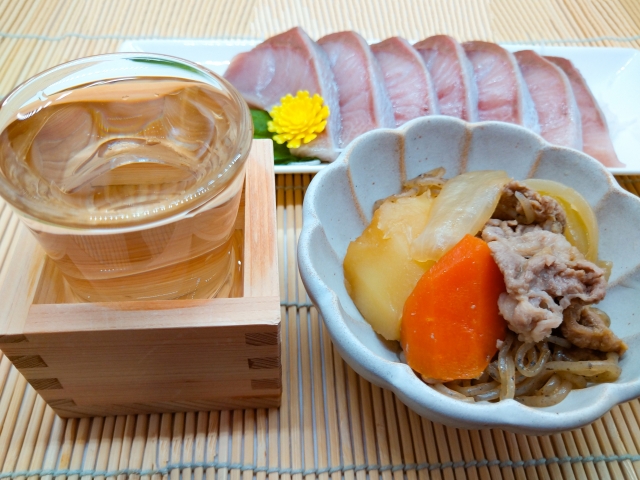
Otoushi is a system unique to Japan that allows you to eat while drinking alcohol before the food you ordered at the restaurant comes out. The restaurant serves a dish even though you haven’t ordered and you will be charged for it, which is like a table charge.
However if you don’t understand this custom, you may have trouble with the restaurant. Nikujaga is delicious, but it’s not very pleasant to be charged for something I don’t want to eat.

